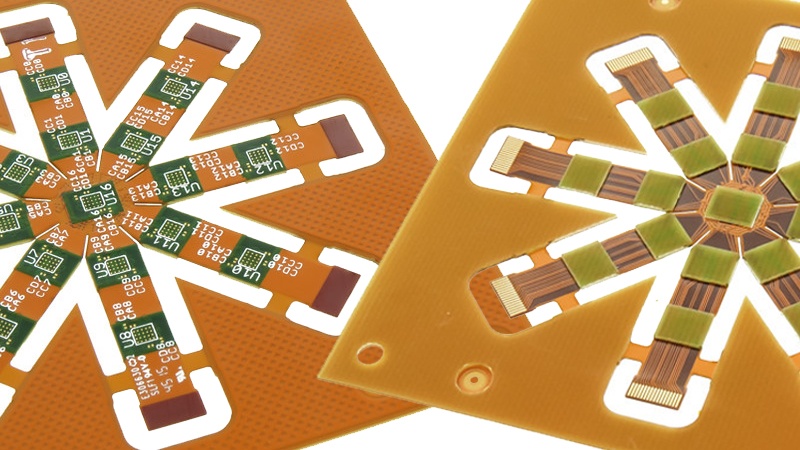Time:2021-03-12Views:
Every product with a switch has some kind of circuit board inside it.
For the most part, manufacturers and consumers are accustomed to viewing circuit boards in a traditional format - a flat rectangular board inserted into a flat rectangular product like a TV, laptop, etc.
But new ergonomic product designs and the proliferation of wearable technology are changing the landscape for manufacturers.
Now you can build circuit boards to fit in tight three-dimensional spaces while ensuring resistance to mechanical wear and vibration.
Flexible circuits allow manufacturers to be more creative than ever.
Until the early 2010s, the cost of assembling flexible circuits was prohibitively high, both in terms of materials and the man-hours required to complete the design. Additionally, few of these early flex circuits worked as reliably as rigid circuits.
But as the cost of assembling these flexible circuits has fallen, their use in everyday products is booming.
What makes flex circuit assemblies different, and how has it changed over the past decade?
It turns out.
Overcoming Flex Circuit Assembly Challenges
Flexible circuits and rigid-flex boards present great challenges for manufacturers.
The standardized dimensions of rigid PCBs allow assemblers to easily create highly engineered conveyor-belt processes to produce various types of boards, while each individual flex circuit needs to be evaluated on an individual scale.
First, the tray supporting the flex circuit needs to fit its unique flexible shape.
Ultralight flex circuits rarely lie flat on the tray surface, and for double-sided flex circuits, the assembler must design a tray that can accommodate both top and bottom circuit configurations.
If the flex circuit is not laid flat on the tray, the air cushion under the circuit can create mechanical resistance during solder paste screening and SMT placement.
Essentially, the air cushion acts like a trampoline and causes the component to bounce off the component instead of sticking to the circuit membrane.
This requires special tools and spare fixtures that can be calibrated for unique flex circuit designs.
The custom tray geometry ensures that the circuit remains flat in different locations, even with varying thicknesses.
SMT pick and place machines typically operate at very high speeds with a small margin of error. Small differences between nominal circuit dimensions and actual flex circuit geometry can create problems during assembly.

Utilize flex circuits to accommodate thermal constraints
Another issue that board assemblers need to address is thermal sensitivity.
Since flex circuits are much thinner than rigid circuit boards, the heat used for soldering purposes cannot be dissipated - all the heat goes directly through the barrel.
Soldering flex circuits requires precise soldering tools in the hands of an experienced technician. The margin of error is much lower than for rigid boards.
Continuous advancements in the enabling technologies used to create flex circuits ensure that assemblers with the latest tool kits and technician training can reduce costs and increase productivity when purchasing flex circuits for new products.

